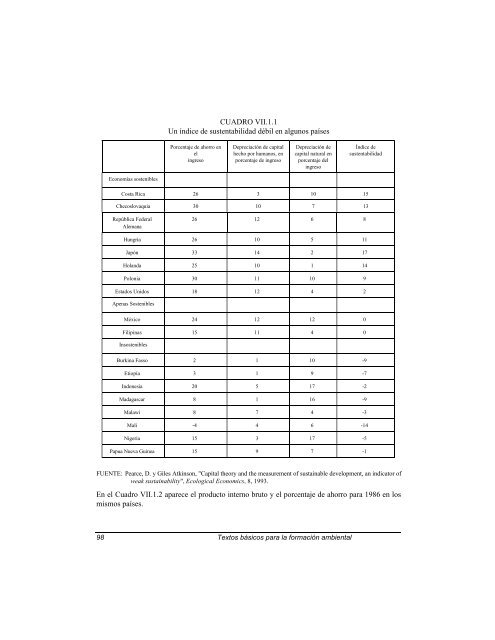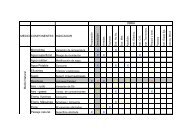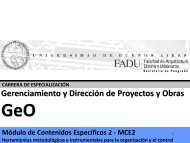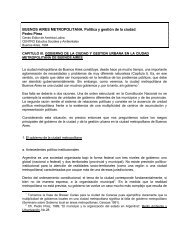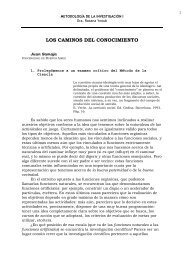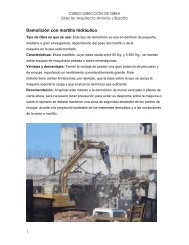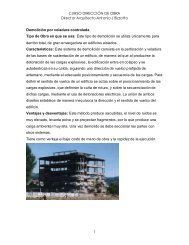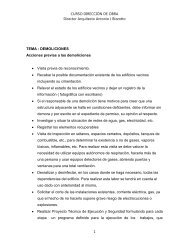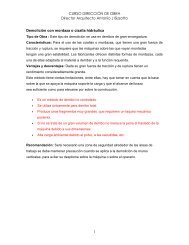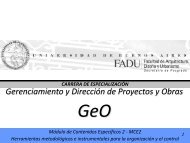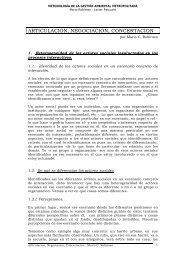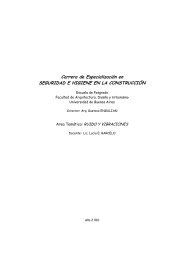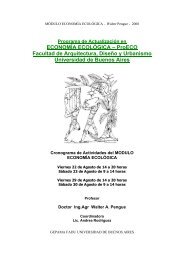Curso de Economía Ecológica. Martínez Alier
Curso de Economía Ecológica. Martínez Alier
Curso de Economía Ecológica. Martínez Alier
You also want an ePaper? Increase the reach of your titles
YUMPU automatically turns print PDFs into web optimized ePapers that Google loves.
<strong>Economía</strong>s sostenibles<br />
CUADRO VII.1.1<br />
Un índice <strong>de</strong> sustentabilidad débil en algunos países<br />
Porcentaje <strong>de</strong> ahorro en<br />
el<br />
ingreso<br />
Depreciación <strong>de</strong> capital<br />
hecho por humanos, en<br />
porcentaje <strong>de</strong> ingreso<br />
Depreciación <strong>de</strong><br />
capital natural en<br />
porcentaje <strong>de</strong>l<br />
ingreso<br />
98 Textos básicos para la formación ambiental<br />
Índice <strong>de</strong><br />
sustentabilidad<br />
Costa Rica 26 3 10 15<br />
Checoslovaquia 30 10 7 13<br />
República Fe<strong>de</strong>ral<br />
Alemana<br />
26 12 6 8<br />
Hungría 26 10 5 11<br />
Japón 33 14 2 17<br />
Holanda 25 10 1 14<br />
Polonia 30 11 10 9<br />
Estados Unidos 18 12 4 2<br />
Apenas Sostenibles<br />
México 24 12 12 0<br />
Filipinas 15 11 4 0<br />
Insostenibles<br />
Burkina Fasso 2 1 10 -9<br />
Etiopía 3 1 9 -7<br />
Indonesia 20 5 17 -2<br />
Madagascar 8 1 16 -9<br />
Malawi 8 7 4 -3<br />
Mali -4 4 6 -14<br />
Nigeria 15 3 17 -5<br />
Papua Nueva Guinea 15 9 7 -1<br />
FUENTE: Pearce, D. y Giles Atkinson, "Capital theory and the measurement of sustainable <strong>de</strong>velopment, an indicator of<br />
weak sustainability", Ecological Economics, 8, 1993.<br />
En el Cuadro VII.1.2 aparece el producto interno bruto y el porcentaje <strong>de</strong> ahorro para 1986 en los<br />
mismos países.


